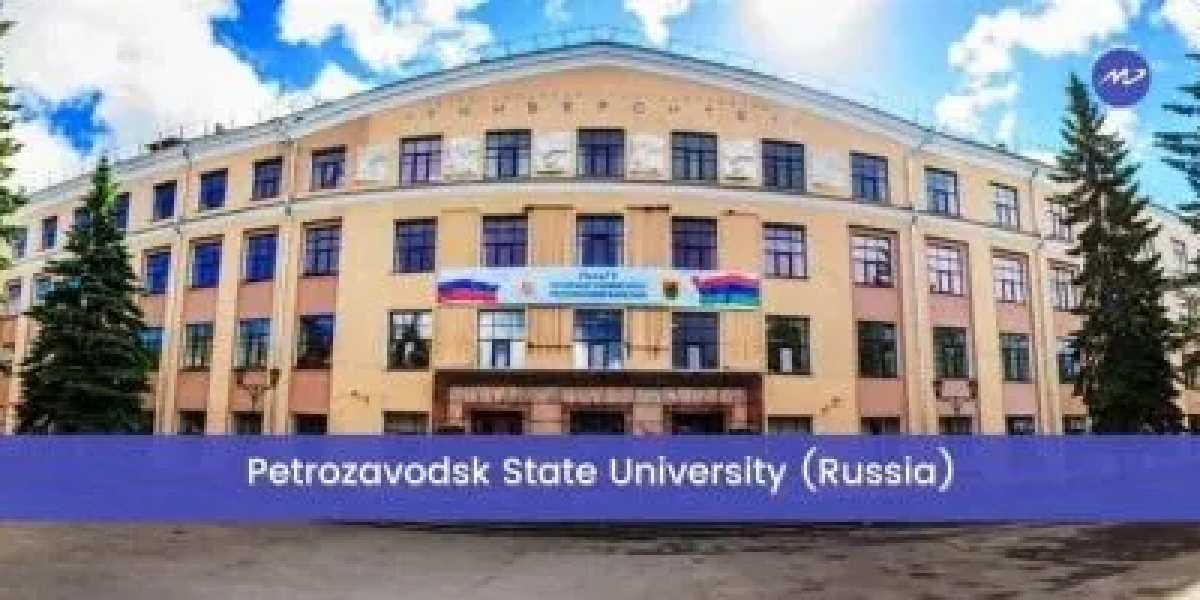Introduction
Fire safety is one of the most vital pillars of occupational health and safety in any industrial setting. With industries growing increasingly complex and machinery becoming more advanced, the risks associated with fire hazards have escalated significantly. The Advanced Diploma in Industrial Safety serves as a specialized qualification that prepares professionals to handle safety challenges in various industrial sectors. One of the core components of this diploma is the comprehensive integration of fire safety principles and practices, which equips students with the theoretical knowledge and practical skills required to prevent, manage, and mitigate fire-related incidents in the workplace.
This article explores how fire safety is effectively integrated into the Advanced Diploma in Industrial Safety, its curriculum elements, practical training modules, and the professional benefits it offers to learners and industry alike.
Importance of Fire Safety in Industrial Environments
Industries such as oil and gas, manufacturing, construction, mining, and chemical processing are inherently exposed to fire risks due to the presence of flammable materials, high temperatures, and complex machinery. Fire incidents in such environments can lead to catastrophic losses including:
- Loss of life
- Injury to personnel
- Destruction of equipment and property
- Environmental hazards
- Legal liabilities and penalties
Given the high stakes, fire safety is not merely a regulatory requirement but a critical operational need. The integration of fire safety education into advanced diploma programs ensures that safety professionals are well-equipped to prevent such disasters and create a safer working environment.
Fire Safety Curriculum in the Advanced Diploma in Industrial Safety
The Advanced Diploma in Industrial Safety typically offers a structured curriculum that includes in-depth study of fire safety-related subjects. Here’s how fire safety is woven into the learning framework:
1. Fire Science and Combustion
Students are taught the fundamentals of fire science, including:
- Nature and behavior of fire
- Fire triangle and tetrahedron (heat, fuel, oxygen, chemical reaction)
- Types of combustion and ignition sources
- Fire spread mechanisms
Understanding these basics enables learners to analyze the potential causes of fire and strategize effective prevention methods.
2. Fire Prevention and Protection Systems
This module covers the design, implementation, and maintenance of fire protection systems. Key topics include:
- Fire detection systems (smoke, heat, flame detectors)
- Fire suppression systems (sprinklers, gaseous systems, foam systems)
- Portable fire extinguishers: types and applications
- Fire hydrant systems and water-based suppression
Students learn how to inspect, test, and ensure operational readiness of fire protection systems.
3. Fire Safety Legislation and Codes
Professionals are trained in national and international fire safety standards, such as:
- National Building Code (NBC)
- Factories Act
- OSHA Fire Safety Standards
- NFPA (National Fire Protection Association) Codes
Understanding these legal frameworks helps professionals ensure regulatory compliance and prepare for audits.
4. Hazard Identification and Risk Assessment (HIRA)
Fire risk assessment is a vital skill taught as part of HIRA training. It includes:
- Identifying fire hazards in processes, storage, and materials
- Evaluating potential consequences
- Implementing control measures
- Maintaining fire risk assessment records
Students are trained to use tools such as Job Safety Analysis (JSA), Fault Tree Analysis (FTA), and Hazard and Operability Study (HAZOP).
5. Emergency Preparedness and Response Planning
Emergency planning is a critical area of fire safety integration, involving:
- Evacuation plans and drills
- Fire emergency response team (FERT) training
- Firefighting techniques and equipment usage
- Coordination with local fire departments
Students often participate in simulated fire drills and scenario-based training to enhance their practical response capabilities.
6. Industrial Case Studies and Accident Analysis
Real-world case studies of fire accidents in industries are studied to understand:
- Root causes of fire incidents
- Lessons learned
- Improvements in fire safety design and training
- Implementation of corrective and preventive actions (CAPA)
Practical Training and Hands-on Experience
Apart from theoretical instruction, the diploma emphasizes practical fire safety training. This includes:
- Live fire demonstrations
- Usage of fire extinguishers and breathing apparatus
- Mock evacuation drills
- On-site industrial safety audits
Institutes offering this diploma often collaborate with fire service departments and industries to provide exposure to real-life safety operations. This practical orientation is essential for developing situational awareness and response skills in high-pressure environments.
Career Opportunities with Fire Safety Specialization
Professionals who complete the Advanced Diploma with a strong foundation in fire safety are in high demand across various sectors. Typical job roles include:
- Fire Safety Officer
- Industrial Safety Engineer
- HSE Manager
- Risk Assessment Specialist
- Emergency Response Coordinator
- Fire Protection System Designer
These roles offer excellent career growth, especially in high-risk sectors like oil & gas, refineries, thermal power plants, chemical factories, infrastructure projects, and logistics.
Benefits of Fire Safety Integration in the Diploma
1. Enhanced Employability
Employers seek candidates who are trained in specific fire safety protocols. A diploma with integrated fire safety provides a competitive edge.
2. Regulatory Compliance
Professionals can help organizations meet statutory safety requirements and pass inspections from bodies like Factory Inspectorate, Directorate of Industrial Safety, and Pollution Control Boards.
3. Reduced Workplace Incidents
With robust training, safety officers can significantly reduce the occurrence of fire-related incidents, saving lives and assets.
4. Improved Safety Culture
Graduates become advocates of proactive safety, helping cultivate a workplace culture where safety is prioritized at every level.
Note: For career growth visit best Institute of Fire Engineering and Safety Management
Conclusion
Fire safety is an indispensable part of the Advanced Diploma in Industrial Safety, reflecting its significance in the broader context of occupational safety and health. Through a combination of theoretical knowledge, legal awareness, practical training, and risk management strategies, the diploma prepares professionals to handle fire risks efficiently and confidently.
As industries evolve, so do the challenges of ensuring safety. Integrating fire safety into academic and vocational training programs like the Advanced Diploma in Industrial Safety is not just a curriculum choice — it’s a necessity for building safer industrial environments. Whether you're a student, a working professional, or an employer, investing in comprehensive fire safety training is a step toward a more secure and resilient future.

















